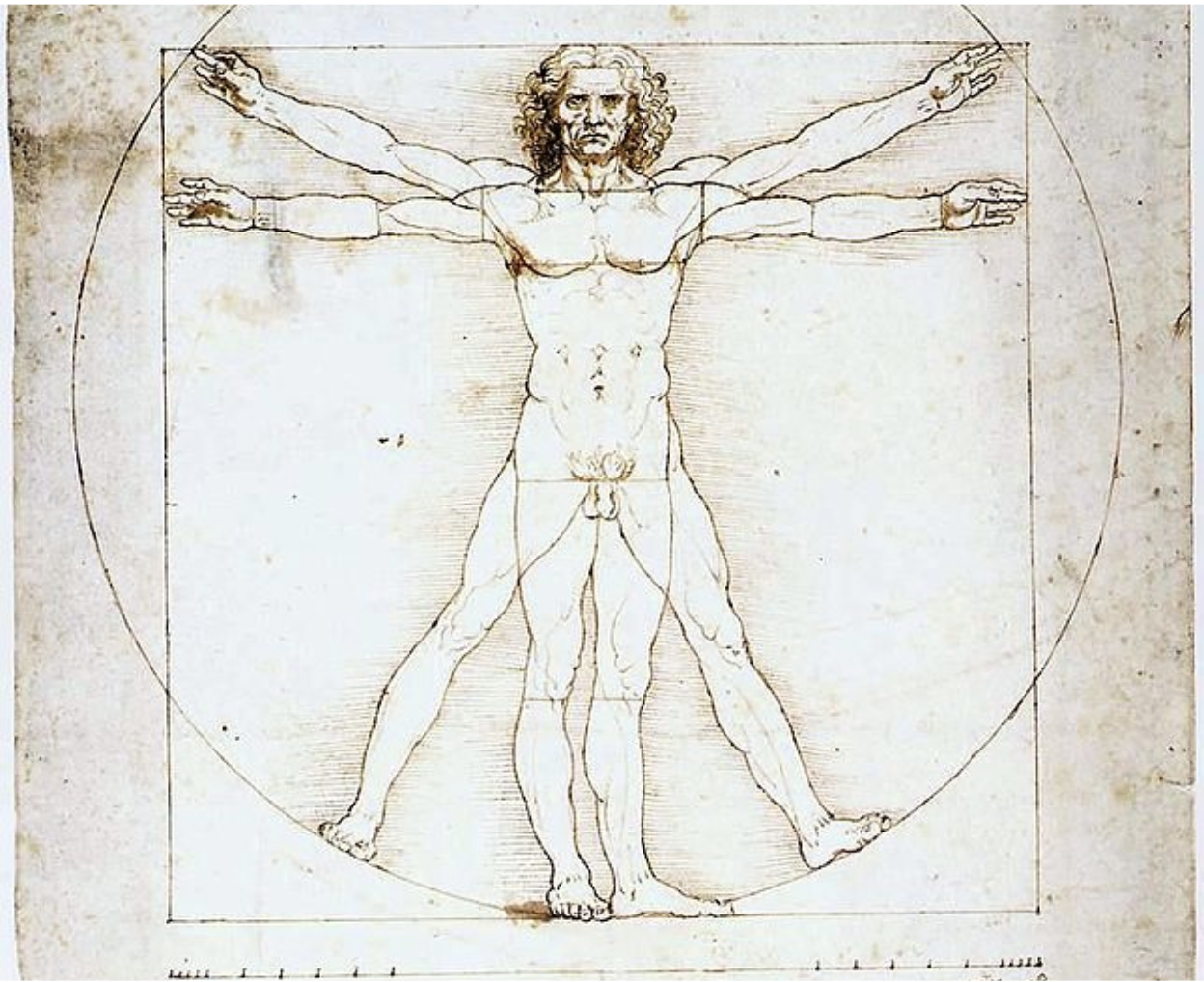Can drunkenness ever be holy? Brady examines the employment of drunkenness as a motif for both spiritual admonition and encouragement in the writings of the Church Fathers and the visual propagation of these teachings through early modern depictions of Noah and His Sons.
It seems everyone and their mother had an opinion on Twitter when Van Gogh’s “Sunflowers” in the National Gallery of London were “souped”. On October 14th, two climate protesters from “Just Stop Oil” threw a can of soup at the painting then glued themselves to the wall, explaining their message after gaining the attention of the gallery.

Following on October 23rd, two climate protesters from an organization called “Last Generation” threw mashed potatoes at Monet’s “Les Meules” and also glued themselves to the wall. On October 27th, two more protesters gained international attention when one glued his head to Vermeer’s “Girl with Pearl Earring” while the other exclaimed their message:

“How do you feel when you see something beautiful and priceless being apparently destroyed before your eyes? Do you feel outraged? Good. Where is that feeling when you see the planet being destroyed before your very eyes?”
Yet in all of these protests, none of the works have been harmed. They are all covered behind glass, and have been able to be cleaned off and put back up within a day. All of these protests use the shock of their protest, the institution of art galleries, and increase their platform against the lack of action for climate change.
But what is to be said about these types of protest within art spaces? Have they been done in art spaces before? One example is the protests of the suffragettes in the UK in the early 1900s. In 1914, Mary Richardson went into the National Gallery with a meat cleaver, and slashed the “Rokeby Venus” by Vélasquez. This action physically destroyed the painting, taking restoration and repair efforts to fix the damage.

While it is not the Venus that Vélasquez intended, Richardson’s actions left new meaning and new contextualization, reviving the piece to the 20th Century. Is that a form of curatorial work by “Mary the Slasher”? Or, is it better to repair the painting to the initial artist's intentions, and put Vélasquez’s Venus in the museum to die untouched by the context of the modern world?
It is important to think about the permanence of protest using art, and how “Just Stop Oil” is utilizing this medium today. What is different about the actions of slashing a painting with a meat cleaver, and throwing a can of soup at a painting under glass? Windex and a paper towel can clean the one, where the other arguably forces the work to be entirely reevaluated as a form of art. Would protests today make a better statement if they caused damage like Mary Richardson’s of 1914? Or do environmental protests need to even recontextualize further within art spaces to become even more productive?
Mary Richardson brought a clear meaning to her protest through the Rokeby Venus. In essence, she created a new work using Vélasquez’s painting as a medium. But I don’t think we can consider climate protests today in this exact same light. So why are climate protesters targeting artwork? The appearance of destroying a priceless painting is powerful, making people shocked to achieve a platform. But some ask why target the art world specifically and not luxury brands, institutions that support bad climate practices, or government buildings. Throughout history, organizations like PETA have disrupted numerous fashion shows to make statements about unsustainable practices. Today, organizations like “Just Stop Oil” are in London spray-painting buildings orange, disrupting traffic, and yes, targeting art.

Regardless of your thoughts above, we are talking about this. Protesters threw soup, smeared mashed potatoes, and glued themselves to paintings, resulting in conversations online. It’s shocking, disruptive, and it gets your attention. Many are largely distracted by the fact this conversation has been about food smeared over art, but the real issue at hand is climate change and the inaction of governments, large corporations, and institutions around the world.
So let's see what is next. Maybe powdered donuts thrown at a Cézanne? But don’t let the conversation end with art and disruption. Talk with your friends, family, and legislators about climate inaction and what you can do to help combat climate change.





